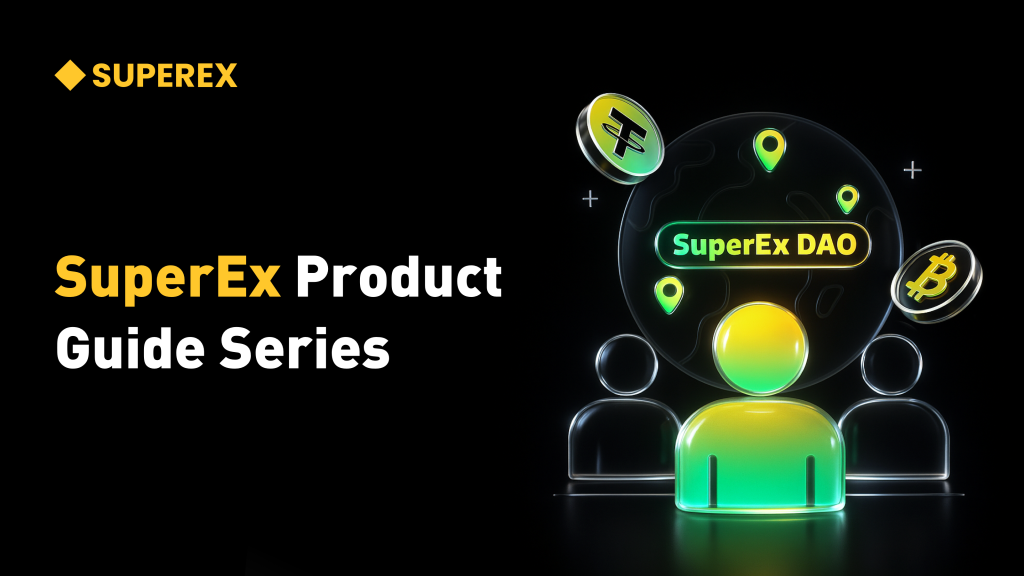AI will be one of the most important players in the crypto world

INTRODUCTION
Artificial Intelligence (AI) will trigger unprecedented social change.
As AI develops rapidly and creates new possibilities across all industries, it will inevitably lead to widespread economic disruption, and the crypto industry is no exception. The crypto industry is no exception, and since the start of 2024, AI has given people around the world a number of mind-blowing “performances”: OpenAI’s latest video tool, Sora, is the most iconic of these “masterpieces”.
What’s shocking about this tool is that it generates videos with simple text inputs, and most people can’t tell if the content of the video is virtual or real.
The birth of this tool marks the beginning of an era in which humans can’t tell what’s real from what’s fake, and it also signals that 2024 could be the “Year of AI”.
The current situation of AI: a windfall that is also being abused
Owing to its outstanding performance in various fields, AI has become an excellent “marketing windfall” for all classes, as expressed in the Davos notes:
· Sovereign nations are promoting their AI infrastructure;
· Governments and organisations are considering the regulatory implications of AI;
· Tech companies are trumpeting the promise of AI;
· Politicians are debating the national security implications of AI;
Almost everyone you meet on Main Avenue is gushing about AI, which is both a perfect windfall for AI development and proof that AI is being abused.

AI will be one of the most important players in the crypto world
Vitalik’s recent blog post on cryptocurrencies and artificial intelligence has excited many AI enthusiasts, and Vitalik believes that AI, especially AI intelligences, will be one of the most important players in the crypto world.
Let’s take a look at a few cases where AI has become an important player in the crypto world:
1. MEV arbitrage bots: one of the most active players on the chain
These bots are designed to take advantage of the on-chain arbitrage opportunities generated by the sequencing of transactions within blockchain blocks, and you can meet these AI bots almost anywhere in the ecosystem.
2. Telegram bots
Designed to perform various operations related to trading crypto assets, these trading bots allow users to quickly and easily trade any token on Telegram.
3. Market Maker Bots
These bots provide liquidity to the market on the chain. By trading at scale and spreads on designated assets, they capture interest or drive market capitalisation upwards
4. AI in social projects
There’s a famous joke from the internet era: you don’t know if it’s a person or a dog you’re communicating with across the internet. On-chain AI is much smarter, as it not only chats with users on the app, but also generates deeper asset transactions based on interactions with users.
5. AI Intelligence in the Prediction Markets
In his recent blog post, Vitalik highlighted that AI can be used to create, analyse and trade in the markets, predicting the behaviour of events in politics, sports, asset prices, etc., through different intelligences collaborating with each other.
With a series of new features (e.g., account abstraction in Ether) and a series of new applications (e.g., various TG-based trading bots) coming online, in the future we simply won’t know whether it’s an AI or a human that’s trading and competing on the same platforms as us.
It will also be impossible to tell whether the project parties behind the projects we are involved in are teams of people or automated scenarios run by AI.
It’s scary, and it’s certainly cool!
AI may be an opportunity for Web3
1. Using AI to analyse the massive data of Web3
Data is the cornerstone that builds the technical barriers for future AI development, existing AI big models or base models are trained on massive data from various domains, and the uniqueness of on-chain data in Web3 makes on-chain data modelling an exciting and feasible avenue.
2. Application of AI Agents in Web3
The application of on-chain AI Agent is booming, with the help of large language models and prioritising user privacy, they provide quantifiable on-chain services, for example:
l Integrated AI Agent models can provide clients with a variety of trading functions including price forecasting, trading strategies, stop-loss strategies, dynamic leverage adjustments, intelligent following of opinion leaders, lending and borrowing, and more.
l When executing quantitative strategies, the strategies can be further broken down into sub-tasks and assigned to different AI Agents for execution.
3. Web3+AI Potential Vertical Applications
Education: embedding AI technology into online learning platforms allows students to have a personalised learning experience, which will disrupt the previous education system.
Medical field: the integration of Web3 and AI advances federated learning and distributed reasoning. By combining distributed computing with machine learning, healthcare professionals can share data at scale, enabling deeper and more comprehensive group learning.
Insurance: the convergence of Web3 and AI promises to bring more efficient and intelligent solutions to traditional operations. For example, on-chain automated insurance claims.
Metaverse: the convergence of Web3 and AI opens up new possibilities for the creation of low-cost AIGCs to enrich the content of blockchain-based games, which are the cornerstones of the metaverse.
Write in the end
The combination of AI and smart contracts still has great potential in the future. Future products should start from the real needs of Web3 users. With the increasing maturity of Web3 technology, AI will not only become the most important “race” in the crypto world, but also the cornerstone of the future crypto world.







Responses